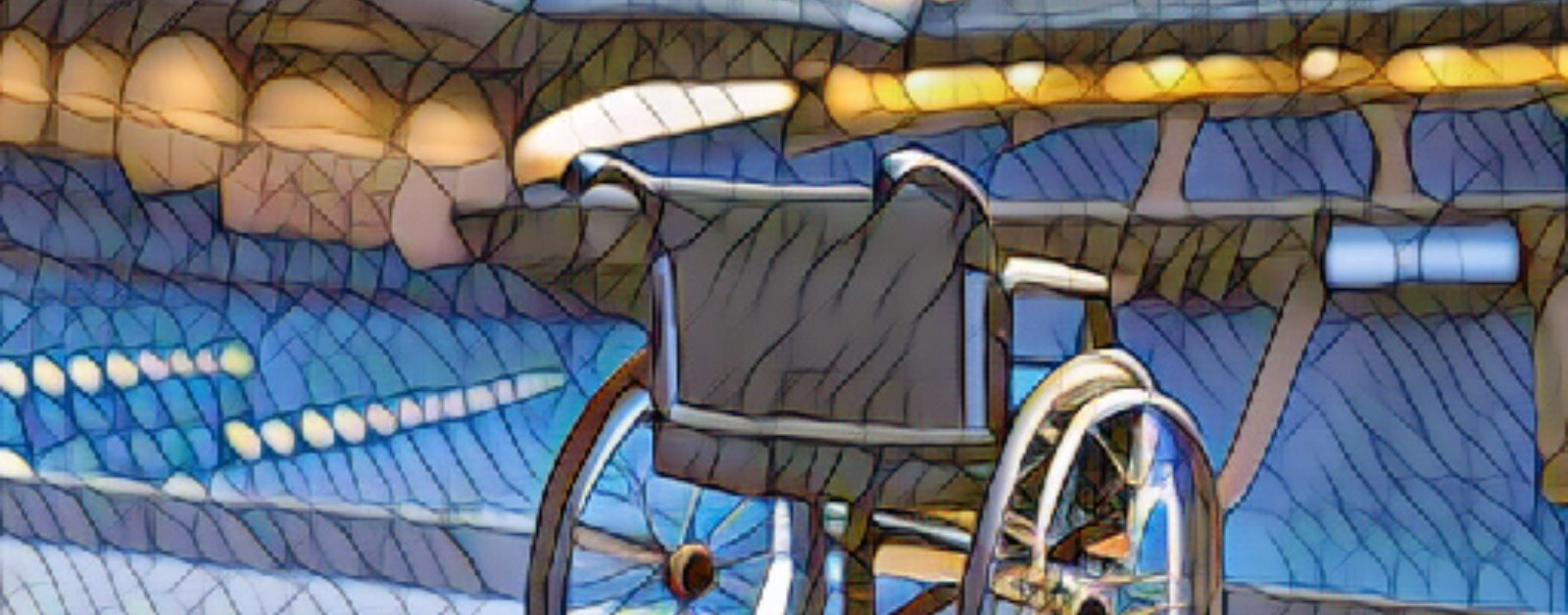Chris Hinds, a Denver city councilman who uses a wheelchair, was asked to hoist himself onto a debate stage last week because the stage was inaccessible to him.
When I first heard about this incident, via email, I wondered if it was true. And then I read the story in the New York Times detailing what happened. I read about how Mr. Hinds’ three opponents were already seated on the stage. I read about the 100 people in the audience who watched his physical struggle. I read about the sincere and emphatic apologies of the event organizers. I read about how Mr. Hinds felt so distracted that he couldn’t even remember his own performance in the debate.
This is what discrimination looks like. On my podcast this week, Patricia Raybon mentions the idea of “casual racism,” the incidental slights that Black women and men experience regularly, gestures that will be dismissed or overlooked by the majority culture, words that will be seen as petty to bring up, and decisions that perpetuate injustice and oppression and a daily experience of exclusion and harm.
Casual Discrimination
Similarly, Chris Hinds experienced casual ableism. Rather than seeing the space as problematic, the organizers treated him as the problem. He had to fight—with his body—to claim a space among the other candidates. He was disadvantaged not because of his disability but because of the inaccessibility of the stage. The architecture of the space excluded him.
The good news is that we are not powerless in the face of casual discrimination. Perhaps for today, we can all begin by imagining the spaces we inhabit—schools, shops, offices, places of worship—and asking who can access those spaces. We can do the everyday work of changing our spaces, our language, our assumptions in ways that communicate welcome.
More with Amy Julia:
- S3 E15 | Who Belongs? Disability and the Built World with Sara Hendren
- What Is a Disabled Life Worth?
- False Message: Disability is an inspiration.
If you haven’t already, you can subscribe to receive regular updates and news. You can also follow me on Facebook, Instagram, Twitter, Pinterest, YouTube, and Goodreads, and you can subscribe to my Love Is Stronger Than Fear podcast on your favorite podcast platform.




This Post Has 2 Comments
Yes, it’s true. Thank you for covering. I am a huge proponent of the architectural premise of universal design: as in space should be designed once for everyone. We had a conversation as a country more than 70 years ago about how it’s not OK to ask one type of person to use a different entrance, water fountain, etc, as someone else … yet even today I (and many people with disabilities) are asked to use different entrances because the front entrance has stairs or otherwise is inaccessible.
Yes, and I look for ways the premise of universal design can also be implemented for programs, whether by providing closed-captioning, large print, sign language, sensory spaces, and so forth. Thanks for helping raise awareness of this need!